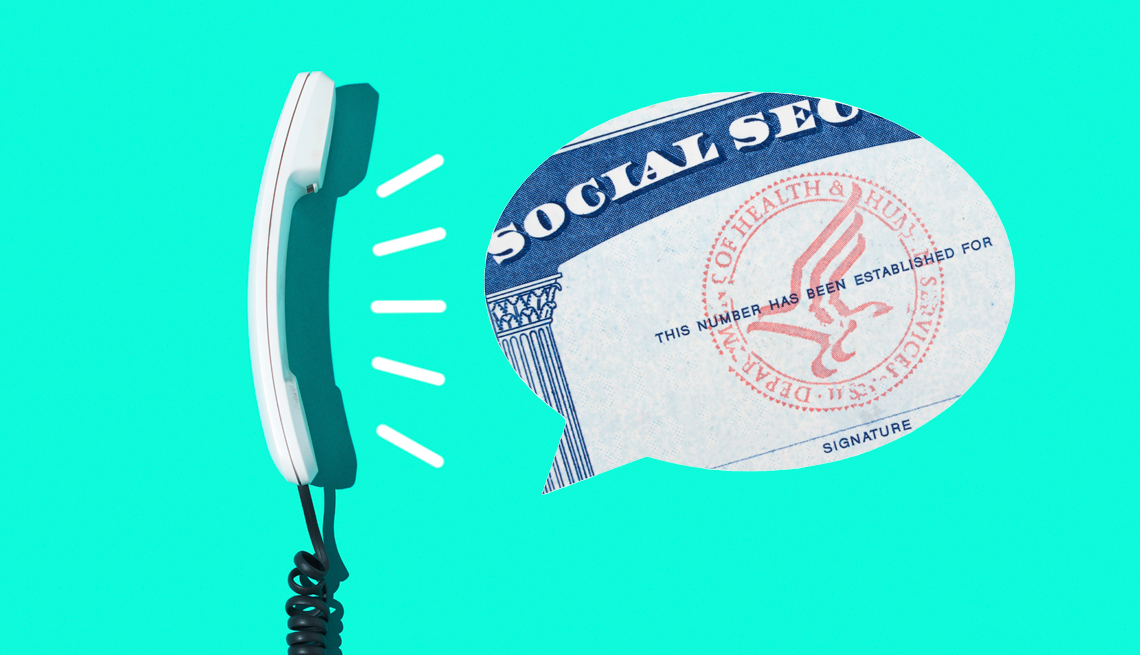
Social security eases planned id-verification requirements for phone applications
- Select a language for the TTS:
- UK English Female
- UK English Male
- US English Female
- US English Male
- Australian Female
- Australian Male
- Language selected: (auto detect) - EN
Play all audios:

The proposal initially covered claims for all types of benefits administered by the SSA. In the face of opposition from AARP and others, the agency had already agreed to exempt applicants
for Social Security Disability Insurance (SSDI), Supplemental Security Income (SSI) and Medicare. Now, applicants for retirement, family and survivor benefits will get relief as well.
“SSA's guarantee of phone access for claims is a win for older Americans,” LeaMond said. “We look forward to further improvements in their customer service.” CUSTOMER SERVICE STILL IN
‘CRISIS’ A White House official told AARP that “new technological capabilities” will allow SSA to “perform anti-fraud checks on all claims filed over the phone. The new software allows the
SSA to flag abnormal behavior in a person’s account.” The SSA says only callers flagged by the system “would be required to perform in-person ID proofing for the claim to be further
processed,” and those who are not “will be able to complete their claim without any in-person requirements.” The agency estimated that out of “4.5 million telephone claims a year,” about
70,000, or less than 0.2 percent, “may be flagged.” The announcement came a day after AARP had again urged the agency to reconsider eliminating phone ID checks, saying it would worsen a
“deepening customer service crisis.” In an April 7 letter to acting SSA Commissioner Leland Dudek, LeaMond cited reports of website outages, long lines at field offices, and hours-long waits
for people to get help from Social Security on the phone. She wrote that the ID plan, which the SSA estimated would drive 75,000 to 85,000 more office visits a week, would “only exacerbate
the ongoing customer service crisis.” In his Senate confirmation hearing March 25, Frank Bisignano, President Trump’s nominee for permanent Social Security commissioner, called phone service
“a mandatory way for people to communicate” with the SSA. “I see phone technology as an opportunity, but at some point, people want to talk to a live agent also. So, we have to provide
that,” he said. “I think it's part of meeting beneficiaries where they want to get met, whether it's in a field office, whether it's on the web, or whether it's on the
phone.” Video: Your Money, Your Voice: The New Social Security Leadership Will Impact Generations
